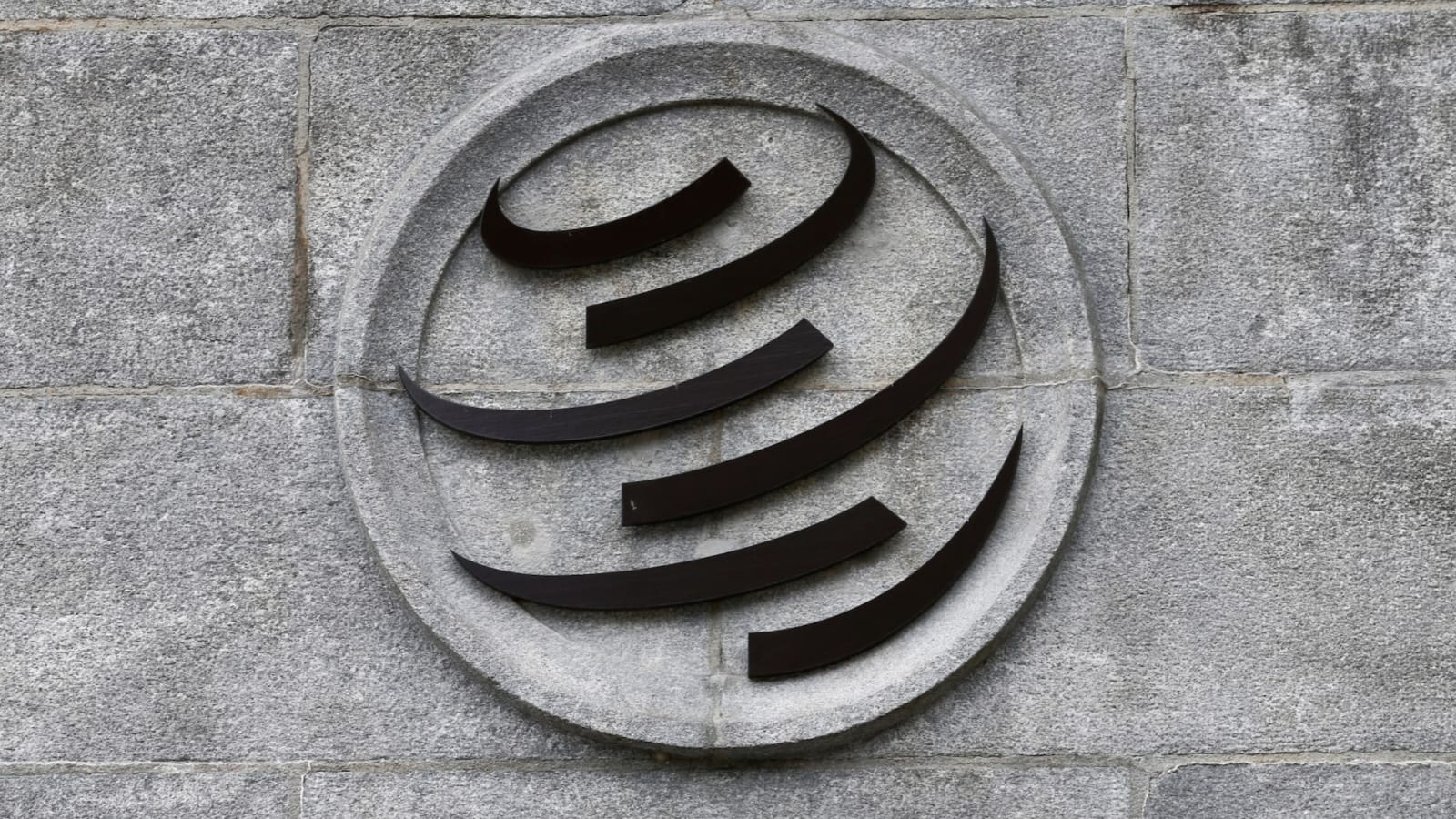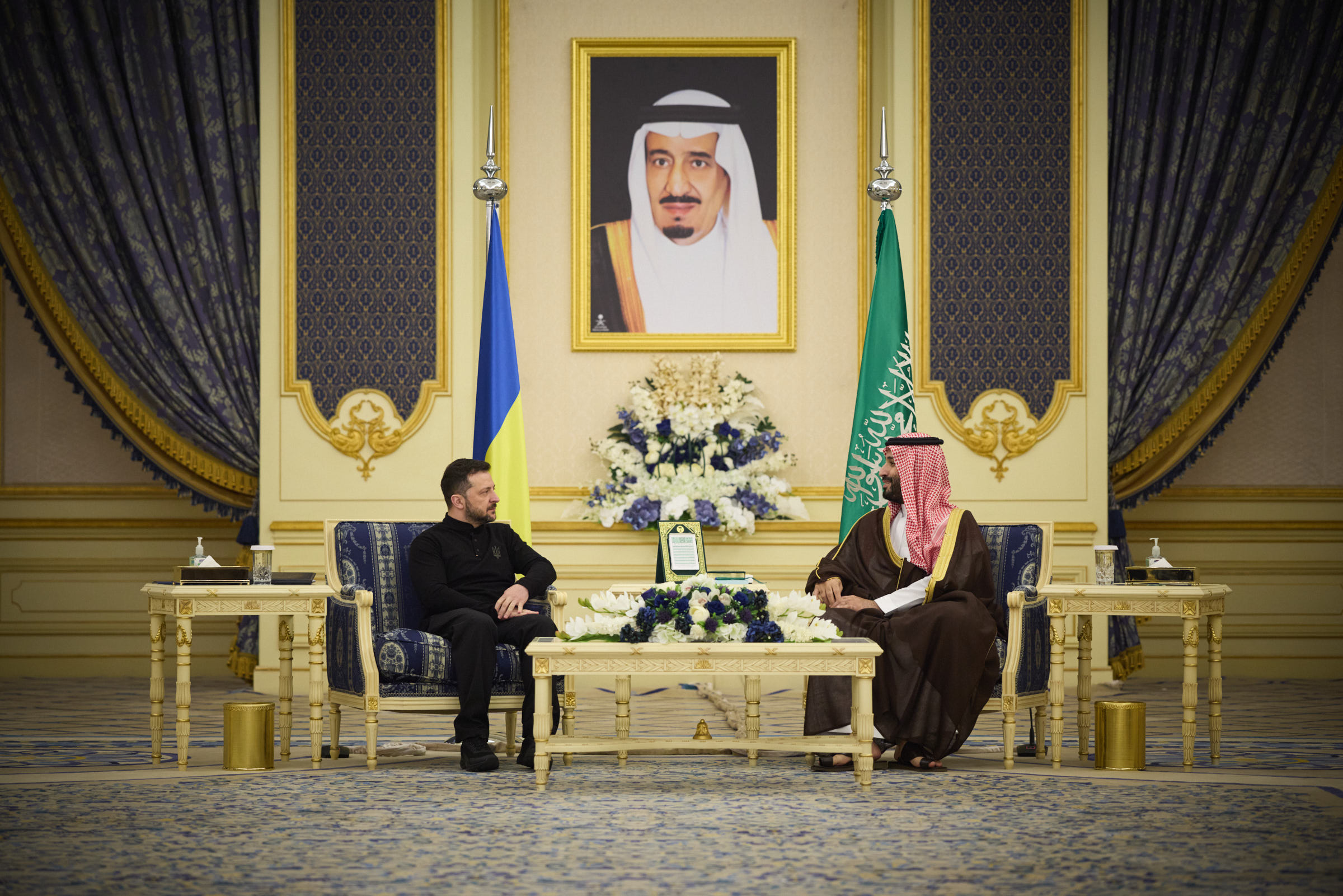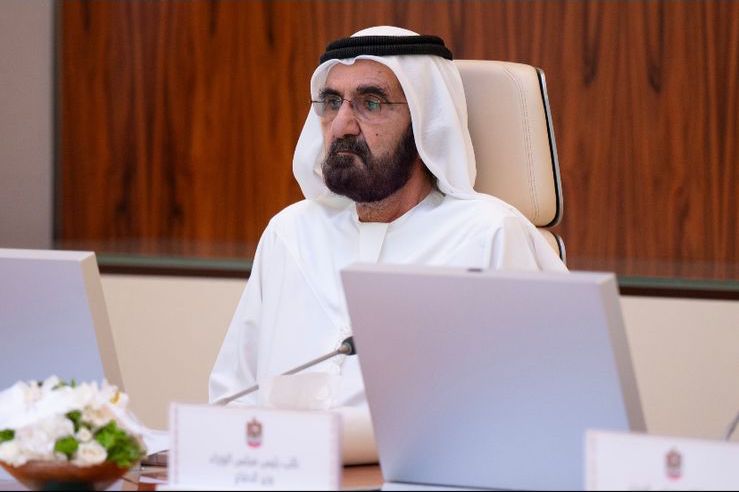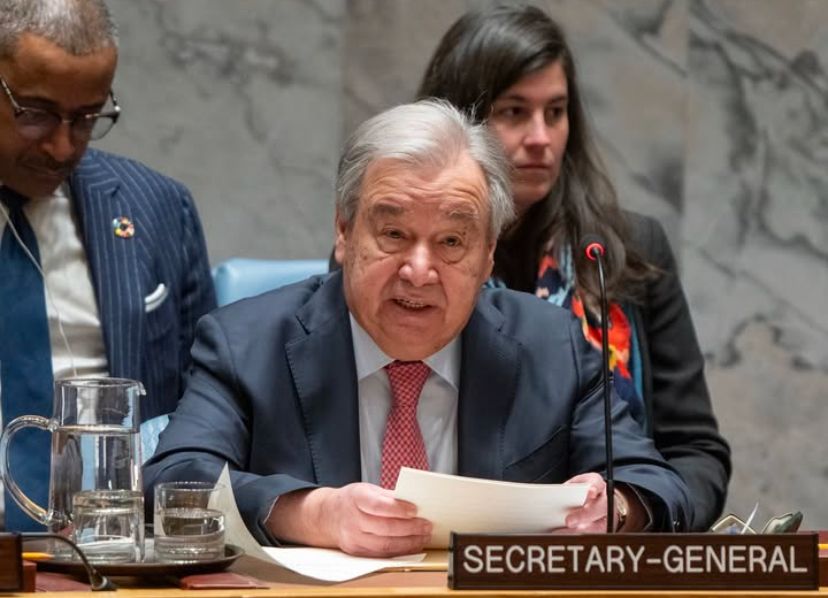India-Pakistan Military Talks Signal Hope After Ceasefire

The ceasefire between India and Pakistan has brought a brief but welcome relief along the disputed border, with both sides taking measures to ensure the smooth functioning of their respective airspaces and military operations. The fragile peace has prompted diplomatic channels to reopen, as the Indian military has confirmed plans for talks with their Pakistani counterparts to discuss the next steps. This development follows intense military exchanges, and the announcement of the ceasefire by US President Donald Trump has prompted both countries to take a step back from an escalated conflict that could have had severe consequences for regional stability.
This article delves into the details of the ceasefire, the military operations chiefs’ upcoming talks, and the broader implications of the ceasefire for both countries and their ongoing relationship. With airports reopening in both nations and tensions cooling, the upcoming discussions are seen as a critical moment in determining the trajectory of peace in the region.
The Ceasefire Announcement and Its Aftermath
The ceasefire in the Himalayan region, which was announced late Saturday by US President Donald Trump, came after several days of heightened military activity, including intense firing across the Line of Control (LoC). The region has been a long-standing flashpoint between India and Pakistan, and the recent flare-up marked one of the most serious escalations in recent years.
Indian officials confirmed that on Sunday, the situation along the border remained calm, with no reports of explosions or further military confrontations overnight. The Indian Army described Sunday night as the first peaceful evening in several days, noting that previous nights had seen artillery exchanges and sporadic skirmishes. Schools, however, remained closed in some areas due to the ongoing security concerns.
India had responded to the initial ceasefire violations on Saturday by sending a “hotline” message to the Pakistani military, expressing its concern over the breach and asserting its readiness to respond to any future violations of the ceasefire agreement. The message was part of India’s broader strategy to convey its intent to hold Pakistan accountable for any further provocations.
The Indian Army’s statement indicated a serious commitment to ensuring that the ceasefire is respected. However, Pakistan’s military spokesperson quickly denied that any violations had occurred from their side, suggesting that any allegations by India were unfounded.
Despite the varying accounts of the situation, both sides appeared to hold back from escalating hostilities, largely due to international pressure. US President Trump’s intervention was instrumental in brokering the ceasefire, though both nations remained cautious in their public statements.
Military Talks: A Pivotal Moment for Peace
The ceasefire may have calmed the immediate tensions, but the real test lies in the scheduled talks between the military operations chiefs of India and Pakistan. These discussions are slated for Monday and are expected to determine the next steps in preserving the ceasefire and preventing future clashes along the LoC. The talks will be crucial in restoring trust and stability between the two nuclear-armed nations, whose relations have long been marred by conflict and mistrust.
India’s Ministry of External Affairs confirmed that the director generals of military operations (DGMO) from both countries would engage in dialogue to discuss the path forward. These talks are expected to cover a wide range of issues, including border security, military conduct, and strategies for maintaining peace in the future.
The Indian military has stressed the importance of adhering to the terms of the ceasefire, with a clear emphasis on preventing future violations that could escalate tensions once again. Meanwhile, Pakistan has not yet commented publicly on the upcoming talks, but diplomatic sources indicate that both sides are prepared to engage in meaningful dialogue to de-escalate the situation.
Regional Implications and Airspace Reopenings
The ceasefire and subsequent talks come with significant implications for the broader region. India and Pakistan, both of which possess nuclear arsenals, are two of the most powerful countries in South Asia. The stability of the region has a direct impact on neighboring countries and on international relations. A full-blown conflict could have devastating consequences not only for India and Pakistan but for the entire region and the world.
The immediate result of the ceasefire has been a calming of the situation in terms of military activity. On Monday, India reopened 32 airports that had been closed during the earlier clashes, with the Airports Authority of India confirming that the airports were once again available for civil operations. This move was seen as a sign of normalization, as the resumption of air travel represents a critical aspect of both countries’ civilian infrastructure. Pakistan had already reopened its airspace on Saturday, following a temporary closure that had disrupted flights and created logistical difficulties for both countries.
The reopening of airspace is a critical step towards restoring normalcy in the region. It signals a willingness on both sides to move past the immediate crisis and re-establish regular communication and trade links, which are essential for economic cooperation. Air travel, especially, is crucial for diplomatic exchanges and international relations, and the return of commercial flights marks a significant step in rebuilding confidence between the two countries.
The Role of International Diplomacy
The role of international diplomacy, particularly the United States, in mediating the ceasefire cannot be overstated. President Trump’s involvement in securing the ceasefire announcement underscored the global importance of stabilizing tensions between India and Pakistan. The United States has long been an influential actor in South Asia, and its strategic interests in the region have driven efforts to prevent conflicts from spiraling out of control.
Washington’s diplomatic efforts are viewed by many as essential in preventing further military escalation. Both India and Pakistan, while determined to defend their national interests, are mindful of the international community’s concerns about the consequences of a full-scale war. The United States, along with other international players such as the United Nations, will continue to monitor the situation closely, encouraging both countries to adhere to their ceasefire commitments and work towards more substantial peace efforts.
India and Pakistan’s Shared Responsibility for Regional Stability
While the immediate crisis may have been defused, the larger challenge remains for both India and Pakistan to manage their differences in a way that promotes long-term peace and stability in the region. The ceasefire provides a temporary respite, but the underlying issues between the two countries remain unresolved. Both nations have nuclear capabilities, and any future escalation could have catastrophic consequences, not just for the two countries involved but for the entire world.
For India, maintaining a strong stance on national security is a key priority, especially given the ongoing concerns over Pakistan-based militant groups operating across the border. On the other hand, Pakistan’s leadership must address the challenges posed by militant groups within its own territory while balancing the need to maintain a robust defense posture.
As both countries engage in dialogue through military channels, it is crucial that they work toward building mechanisms for conflict resolution that prevent future flare-ups. The discussions between military chiefs on Monday will likely be the first of many steps in this process, as both nations strive to rebuild trust and avoid the mistakes of the past.
A Fragile Peace, but Hope for the Future
The talks between the military chiefs of India and Pakistan will set the stage for the future of peace in the region. While the ceasefire is a positive development, it represents only the first step in a long journey toward sustainable peace. Both countries will need to navigate their complex geopolitical landscape and find ways to address the issues that have led to repeated tensions. With international support and a commitment to diplomacy, there is hope that a lasting solution can be reached, one that ensures peace and stability for future generations.







